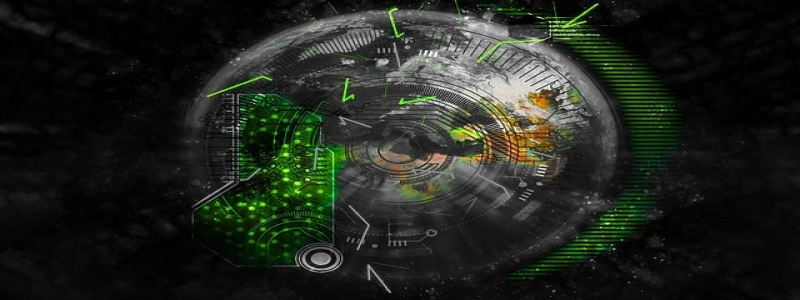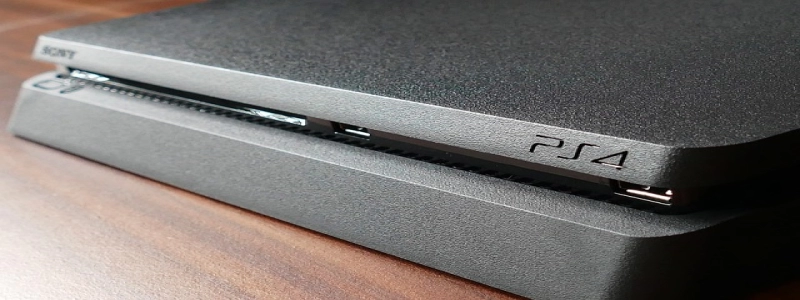Fiber Ethernet Transceiver
Introducción:
In today’s era, networking plays a crucial role in the success of businesses and organizations. As more and more data is being transferred over the internet, the need for efficient and reliable communication systems has become paramount. Fiber Ethernet Transceiver is a technological innovation that allows for the transmission of data over long distances using fiber optic cables.
I. What is a Fiber Ethernet Transceiver?
A. Definición: A Fiber Ethernet Transceiver is a device that converts electrical signals into optical signals and vice versa, enabling the transmission of data over fiber optic cables in Ethernet networks.
B. Importance: Fiber Ethernet Transceivers are instrumental in achieving high-speed, secure, and reliable data communication in various applications such as local area networks (LANs), wide area networks (WANs), or data centers.
C. Components: A Fiber Ethernet Transceiver typically consists of a receiver, a transmitter, and a control circuit.
D. Types: There are different types of Fiber Ethernet Transceivers, including single-mode and multi-mode transceivers, depending on the type of fiber optic cables used.
II. How does a Fiber Ethernet Transceiver work?
A. Transmission: When data needs to be sent from one device to another through Ethernet, the electrical signals representing the data are converted into optical signals by the transmitter within the transceiver. These optical signals are then transmitted over the fiber optic cables.
B. Reception: On the receiving end, the optical signals are detected by the receiver within the Fiber Ethernet Transceiver. The receiver converts these optical signals back into electrical signals, which are then processed and understood by the receiving device.
III. Advantages of Fiber Ethernet Transceivers
A. High-Speed Data Transmission: Fiber Ethernet Transceivers allow for extremely high data transfer rates, enabling businesses to handle large volumes of data quickly and efficiently.
B. Long Transmission Distances: Fiber optic cables used with Fiber Ethernet Transceivers can transmit data over much larger distances compared to traditional copper cables without degradation in signal quality.
C. Immunity to Electromagnetic Interference: The use of fiber optic cables in conjunction with Fiber Ethernet Transceivers ensures that the transmitted data remains free from electromagnetic interference, providing a secure and reliable communication channel.
D. Scalability and Flexibility: Fiber Ethernet Transceivers can support multiple networking protocols, making them suitable for diverse network environments. They can easily be upgraded or expanded to meet changing network requirements.
IV. Applications of Fiber Ethernet Transceivers
A. Telecommunications: Fiber Ethernet Transceivers are widely used in the telecommunications industry to transmit data over long distances, connecting different geographical locations.
B. Data Centers: Fiber Ethernet Transceivers play a vital role in high-speed data transfers between servers, storage devices, and other equipment within data centers.
C. Surveillance Systems: Surveillance systems that require long-distance video transmission often rely on Fiber Ethernet Transceivers to ensure high-quality transmission without loss of signal.
D. Industrial Environments: Fiber Ethernet Transceivers are suitable for industrial applications where electromagnetic interference may be prevalent, guaranteeing reliable communication in harsh environments.
Conclusión:
In conclusion, Fiber Ethernet Transceivers have revolutionized the way data is transmitted over networks, providing businesses and organizations with high-speed, reliable, and secure communication. With their ability to transmit data over long distances without loss of signal and immunity to electromagnetic interference, Fiber Ethernet Transceivers are an essential component in modern networking systems.








